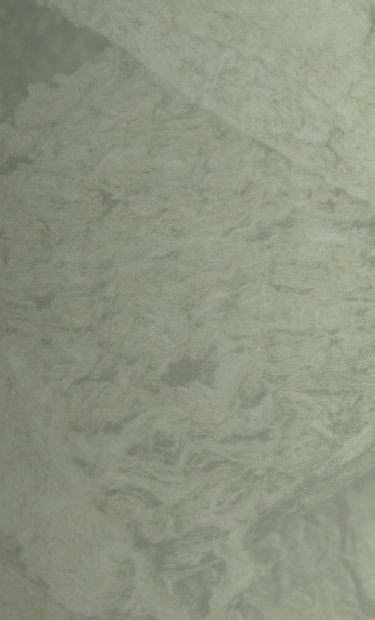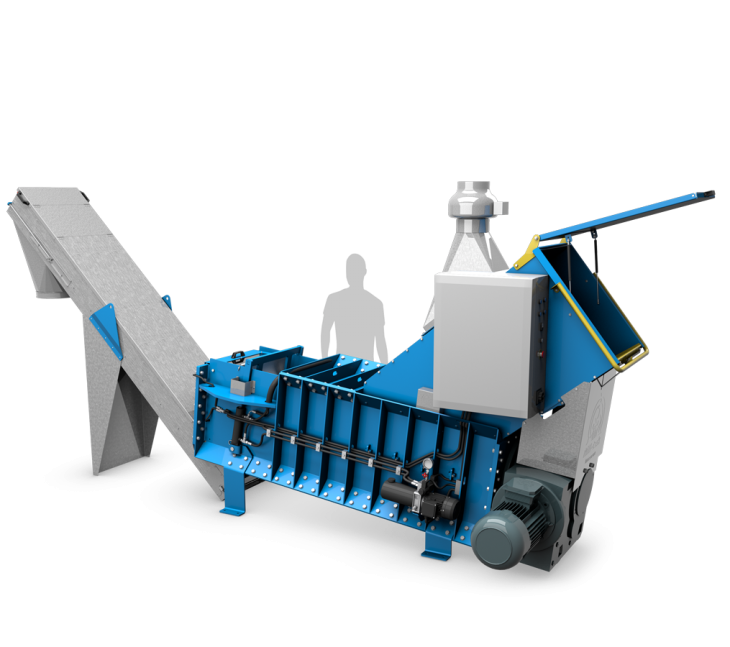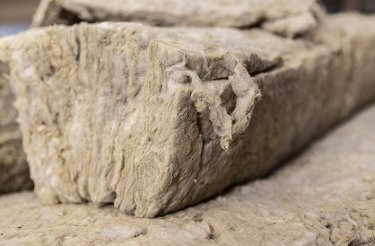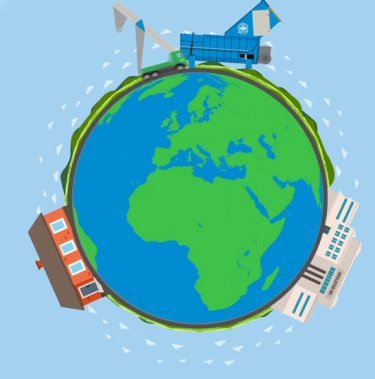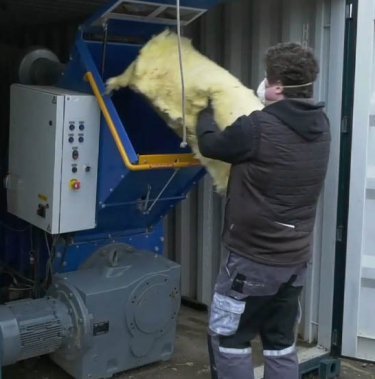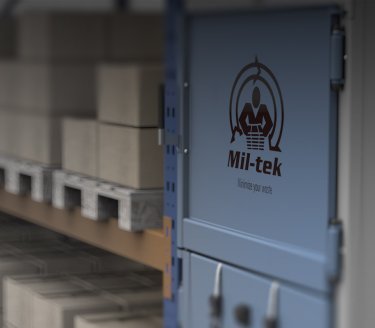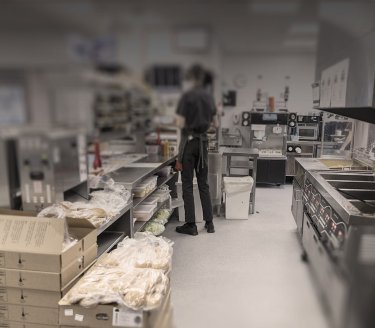Insulation waste recycling
Insulation is an essential material for energy efficiency, comfort, and environmental sustainability. Recycling insulation is a crucial practice that conserves resources, reduces waste, saves energy, and can be economically beneficial.
The method of compacting insulation reduces the volume of the material by over 90%, making it far easier to store and transport, and most importantly preparing it for recycling.
